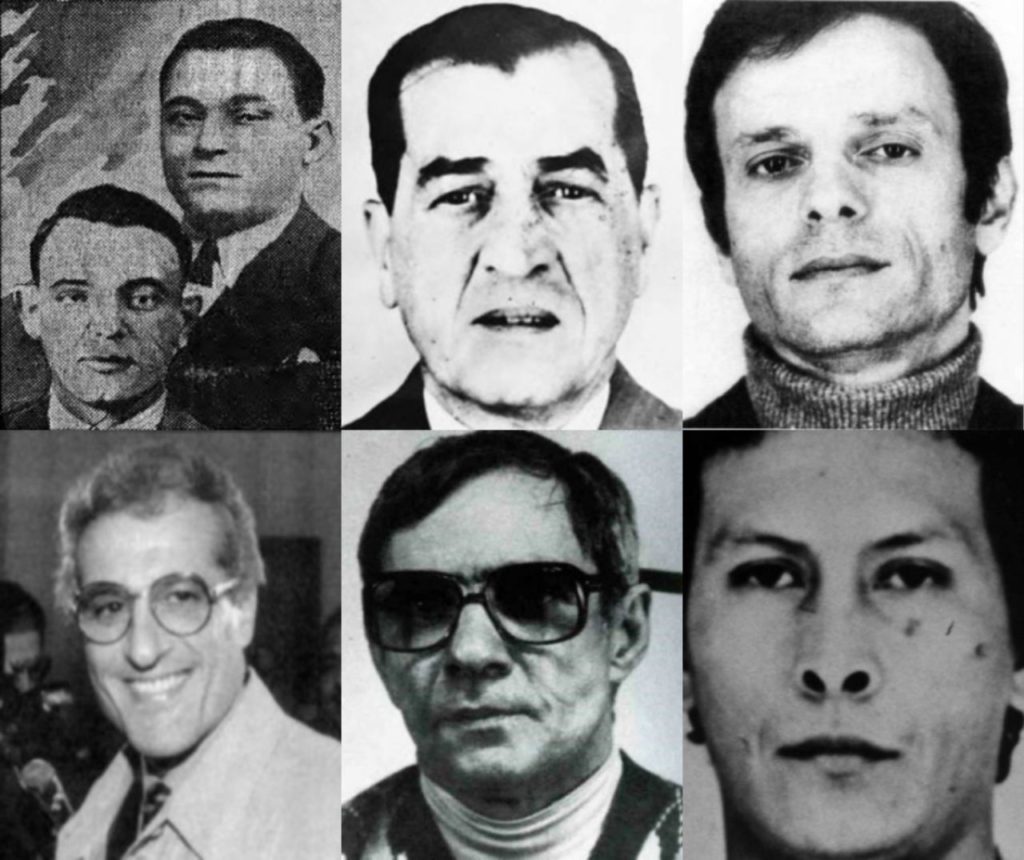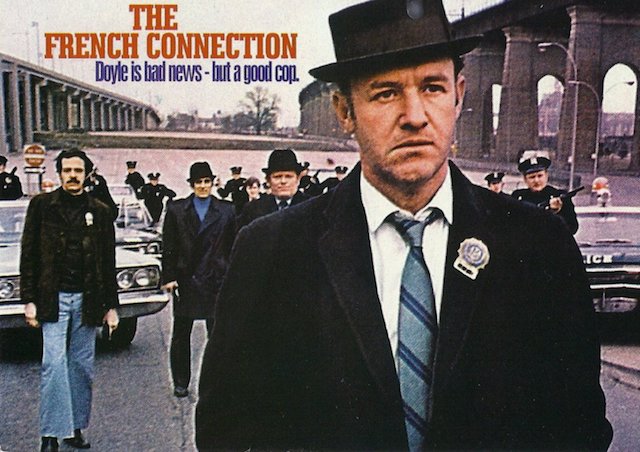Most people have never even heard of French Connection! But, it’s one of the biggest drug busts in history.
What is the real story behind The French Connection?
This French Connection was a name given to the international drug trafficking system that emerged in the late 1960s and continued until at least 1980. This system was thought to have been responsible for distribution of four out of five heroin addicts in North America and Europe by 1975. The French Connection is also linked with an increase in crime, as well as eventual death and addiction for those using drugs or alcohol.
What is the French Connection and what was its impact on society?
The French Connection began with Corsican gangsters who smuggled cigarettes into France from Algeria during World War II, then expanded their operation to include opium and morphine after the war ended (1945). These French-Algerian connections were taken over by New York Mafia bosses Vito Genovese and Lucchese Family underboss Thomas Lucchese in the early 1950s, and the French Connection became a well-organized international drug trafficking system. The French Connection was notorious for its high-quality heroin, which it smuggled into the United States and distributed to addicts in New York City, as well as other parts of North America and Europe.
The French Connection had a significant impact on society, as it was responsible for distribution of four out of five heroin addicts in North America and Europe by 1975. It also contributed to an increase in crime rates, as well as death and addiction for those using drugs or alcohol. The French Connection was eventually dismantled in the early 1980s, but its legacy still remains.
Do you like learning French with videos?
Receive our free video newsletter every Friday in your e-mail box. You will get 3 “Tips & Tricks” on grammar, vocabulary, phonetics or French culture.
👉👉 Sign up now!
How did the French Connection work?
The French Connection was an international drug trafficking system that emerged in the late 1960s and continued until at least 1980. It was thought to have been responsible for distribution of four out of five heroin addicts in North America and Europe by 1975. The French Connection operated by smuggling high-quality heroin from France into the United States and distributing it to addicts in New York City and other parts of North America and Europe. It was eventually dismantled in the early 1980s, but its legacy still remains.
Who were some of the key players involved in this French Connection system?
Haha, I know you students are probably wondering who the key players in the French Connection system were. Well, let me tell you! There were a lot of them. But some of the most notable ones include Alain Delon, Jean-Paul Belmondo, and Maurice Labro. These three guys were at the heart of it all and were responsible for making the French Connection one of the most well-known drug cartels in history. So, if you’re ever wondering what kind of people get into organized crime, now you know – movie stars!
More seriously, some of the key players involved in this French Connection system were Corsican gangsters who smuggled cigarettes into France during World War II, French-Algerian connections, New York Mafia bosses Vito Genovese and Lucchese Family under boss Carmine Galante, French Connection heroin smuggler Frenchy Mora and Turkish heroin suppliers.

What methods did they use to smuggle drugs into different countries?
Some of the methods that were used to smuggle drugs included smuggling drugs in cars, suitcases, boats, and planes. One of the most famous cases of drug smuggling was when French Connection smugglers hid heroin inside shipments of French wine.
The French Connection system managed to distribute so much heroin by smuggling it into various countries in Europe and North America. They then distributed it through their connections with organized crime gangs and drug dealers.
How did law enforcement eventually crack down on this French Connection network?
The French Connection system managed to distribute so much heroin for so many years because it was incredibly difficult to track and crack down on. However, law enforcement eventually managed to shut the network down by using a variety of methods including wiretapping, undercover operations, and informants. One of the most famous cases of law enforcement taking down a French Connection smuggling ring was the seizure of 4.5 tons of heroin in New York City in 1972. This was the largest drug bust in U.S. history at the time and it helped to cripple the French Connection heroin smuggling ring.
What are some of the lasting effects of the French Connection today?
The French Connection was a notorious international drug trafficking system that emerged in the late 1960s and continued until at least 1980. This system was responsible for distributing four out of five heroin addicts in North America and Europe by 1975.
Despite being shut down in the early 1970s, the French Connection has had lasting effects on the drug trade to this day. The French Connection was one of the first large-scale international drug trafficking operations, and it set the stage for future smuggling networks. Additionally, the French Connection helped to popularize heroin in North America and Europe, which led to increased addiction rates and organized crime involvement in the drug trade.
If you want to know more about the French Connection:
- Time.com, Time, September 4, 1972
- French Connection, les marchands de mort (YouTube)
- “Mobster Makes Offer on French Connection Case”, New York Times, February 21, 2009.
Conclusion
The French Connection was a huge drug bust that made a big impact on society. It’s important to learn about this case, so we can understand how law enforcement deals with drug trafficking today. This is just one example of how the war on drugs has affected our society.
Are there any other examples that you can think of?
I’m sure most of you have seen “The French Connection” movie, but did you know that it was based on a true story? In the film, Gene Hackman plays a detective who investigates a drug smuggling ring in New York City. What’s even more interesting is that the real-life detective who inspired the movie was actually French! His name was Marcel Leboeuf, and he was one of the most successful narcotics detectives in history.
Vive la France!
Articles that might interest you:
- Why do French people speak English so badly?
- Grasse (the French city) World Capital of Perfumes
- French Bastille Day: July 14th
- Who are the most popular French YouTubers?
- How the bag company “I speak fluent french” has released a new collection of bags?
- French Tipping Etiquette: 10 Things Everyone Should Know
- The French and their love of coffee
- Is the French manicure really from France?
- How to understand the gestures and mimics of the French?
- French Gastronomy



